Deadheading, or the removal of faded blooms, is essential for many flowers to thrive. This process not only enhances the plant’s appearance but also encourages more blooms.
Here, we explore 10 flowers that benefit from regular deadheading to maintain their vibrant displays.
1. Roses
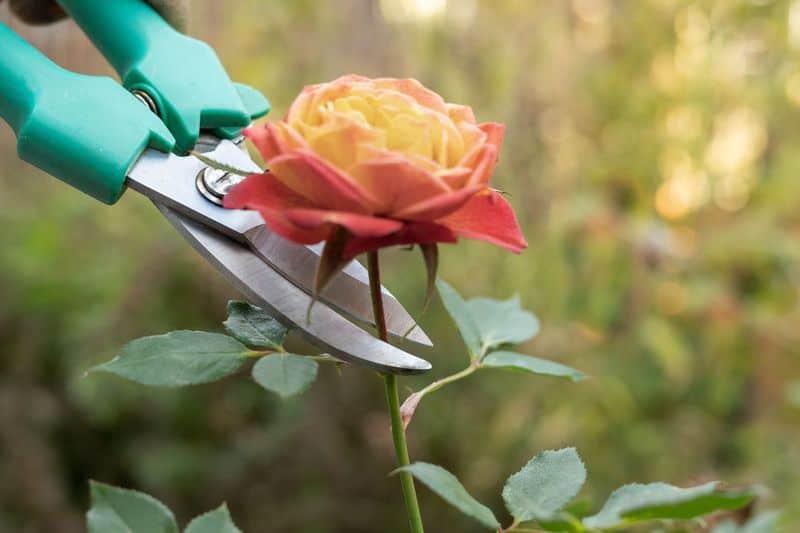
Roses are a garden’s crowning glory, demanding attention with their lush blooms. Regular deadheading fosters continuous flowering.
Removing spent blooms redirects energy to new growth, enhancing the rose’s health. Keep your roses vibrant and flourishing by snipping away the old, making way for new, lovely blossoms.
2. Geraniums
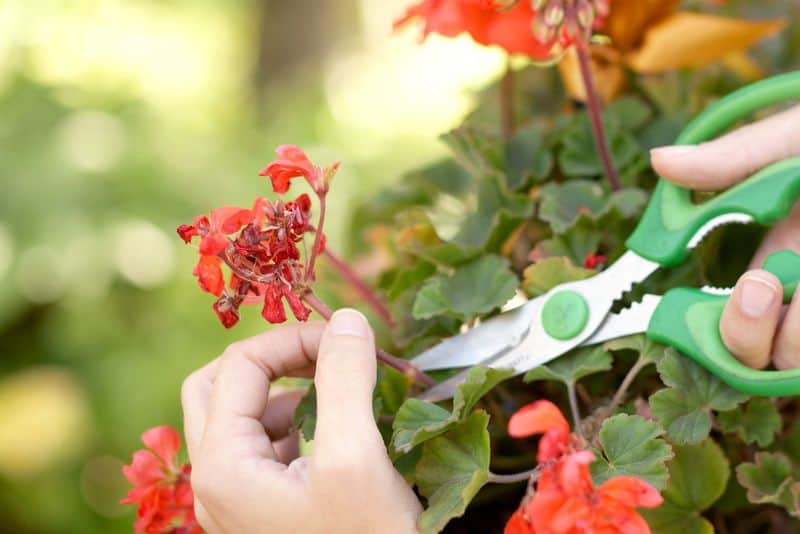
Geraniums radiate charm and warmth, turning any space into a cozy haven. These hardy blooms thrive with frequent deadheading, which stimulates further flowering.
By removing the faded flowers, you ensure a cascade of vibrant colors, brightening your garden with their persistent cheer and lively demeanor.
3. Petunias

Petunias are the epitome of summer joy, with their cascading blossoms. A little maintenance goes a long way, and deadheading is key.
By removing spent blooms, you ensure that these cheerful flowers continue to bloom abundantly, filling your garden with their delightful hues and sweet fragrance.
4. Dahlias

Dahlias, with their intricate petal arrangements, add a touch of elegance to any garden. Deadheading dahlias encourages the growth of new blooms.
This practice not only enhances their beauty but also prolongs the flowering season, allowing you to enjoy their stunning display even longer.
5. Zinnias

Zinnias, with their vibrant and bold colors, are a favorite among gardeners. Regular deadheading ensures that these exuberant flowers continue to produce new blossoms.
This practice invigorates the plant, resulting in a lively display that attracts pollinators and delights the senses all summer long.
6. Marigolds
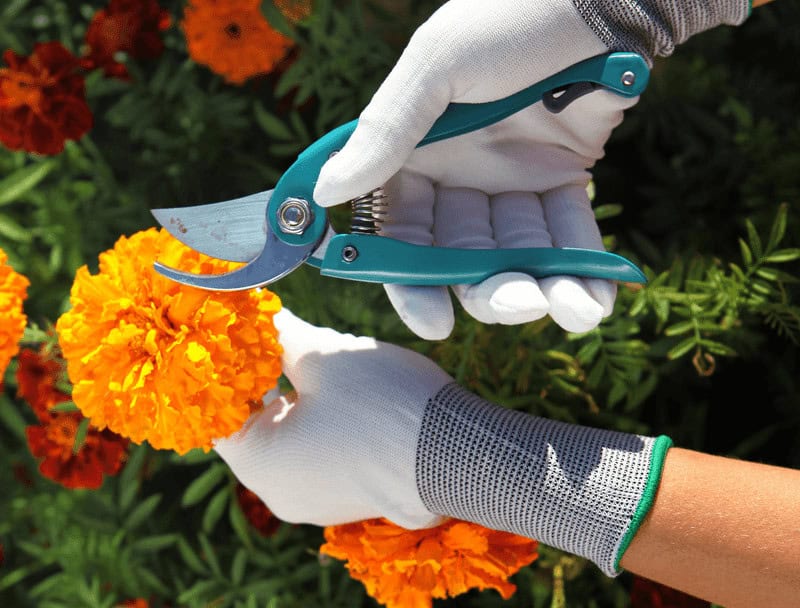
Marigolds are known for their sunny disposition and pest-repelling properties. Deadheading keeps them at their best, promoting continuous blooms.
By removing the old flowers, you maintain their vibrant display, ensuring these golden beauties continue to brighten your garden and fend off unwanted pests.
7. Cosmos
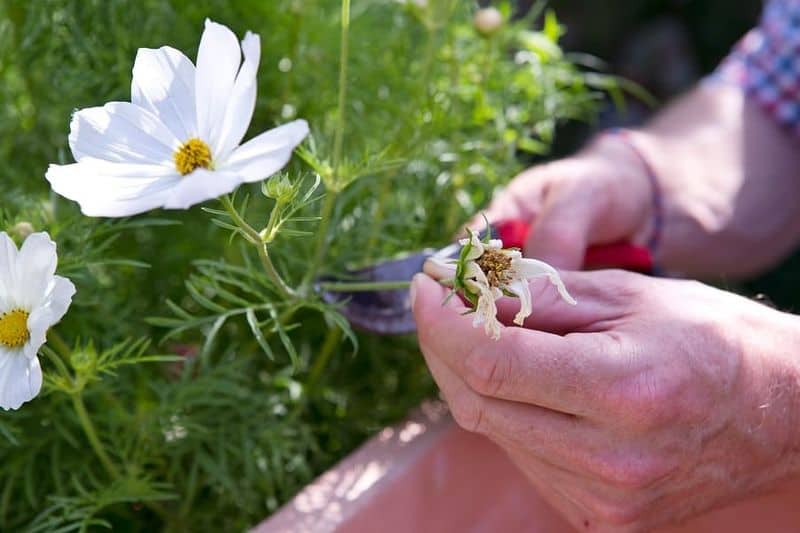
Cosmos, with their airy and delicate appearance, bring an ethereal quality to gardens. Frequent deadheading is essential to prolong their flowering period.
By removing spent blooms, you encourage new growth, allowing these graceful flowers to dance in the breeze and adorn your garden with their gentle charm.
8. Salvia
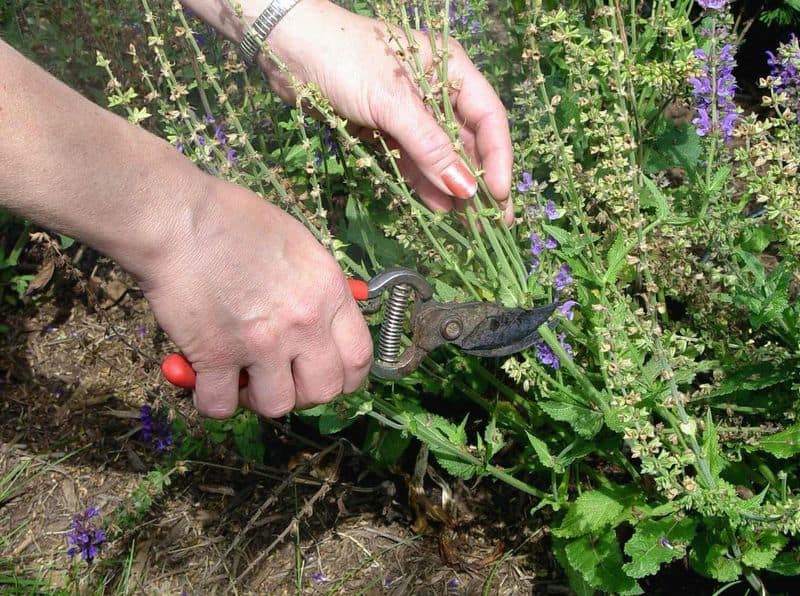
Salvia, with its striking vertical blooms, adds height and drama to borders. Deadheading salvia is crucial for promoting prolonged flowering.
By snipping away faded flowers, you stimulate the plant to produce more, ensuring a continuous supply of vivid spikes that captivate both pollinators and admirers alike.
9. Coreopsis
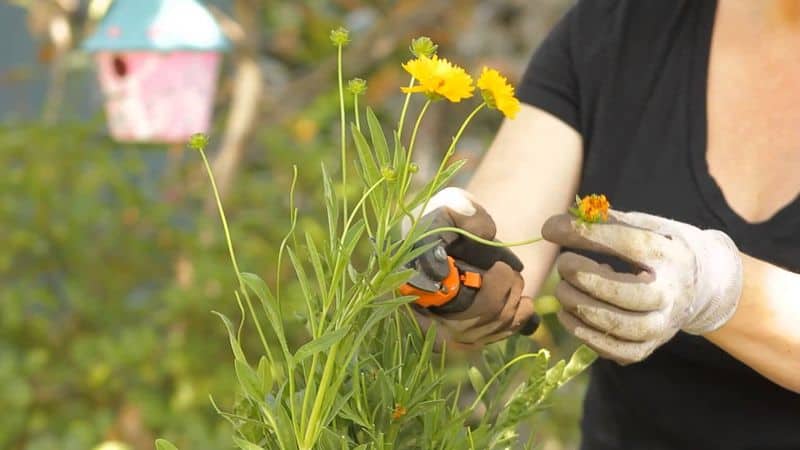
Coreopsis, often called tickseed, shines with its sunny blooms. Regular deadheading keeps these cheerful flowers blooming profusely.
By removing spent flowers, you encourage a fresh wave of blossoms, ensuring your garden remains awash with their golden glow, attracting butterflies and adding a splash of joy.
10. Snapdragons
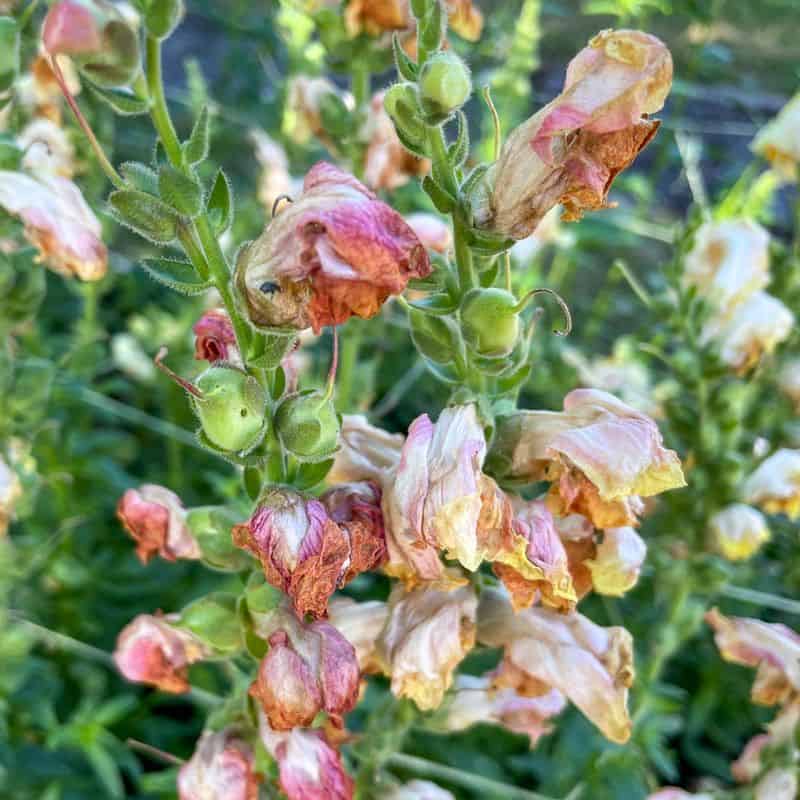
Snapdragons bring a playful touch to gardens, with their whimsical, mouth-like blooms. Deadheading ensures they remain vibrant throughout the season.
By removing old flowers, you promote the growth of fresh spikes, keeping your garden lively and inviting, and offering endless joy to both young and old.

